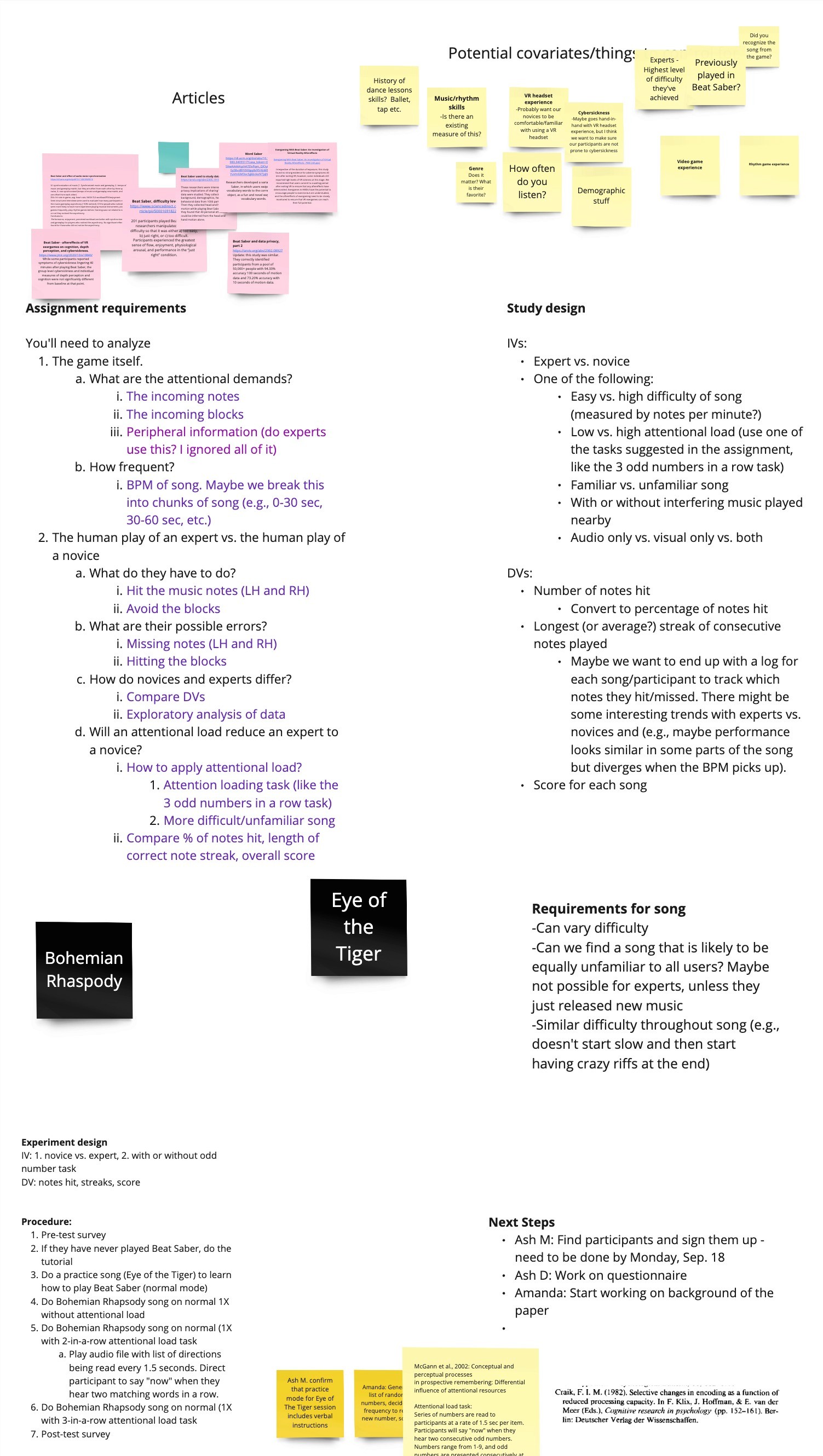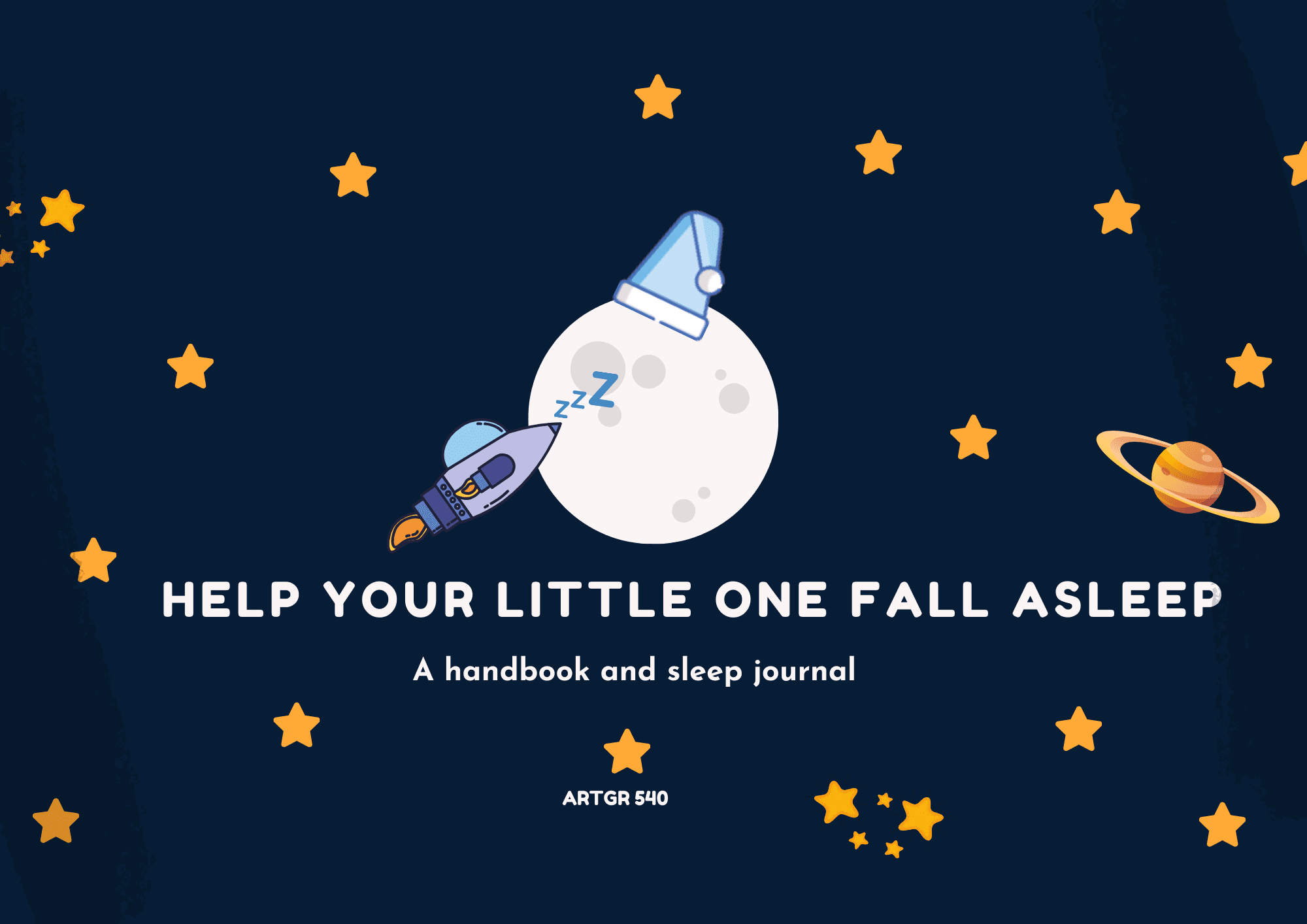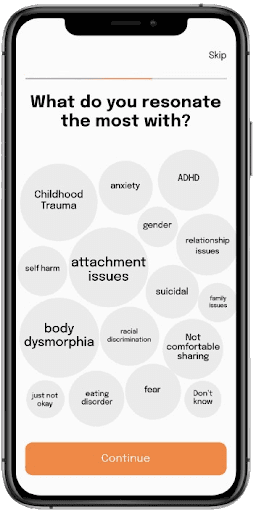Beat Saber – Performance of Expert and Novice Users and the Effect of Attentional Load
Beat Saber – Performance of Expert and Novice Users and the Effect of Attentional Load
Introduction
Title: Beat Saber – Performance of Expert and Novice Users and the Effect of Attentional Load
Role: Literature Survey, Study Design, Data Collection, Data Compilation, Presentation Preparation
Year: Fall 2023
Project Overview
Objective:
The primary goal of this study was to analyze the performance differences between novice and expert Beat Saber players and determine if an added attentional load task could reduce experts’ performance to match that of novices. The study was conducted by observing two groups of players (experts and novices) performing three sessions of Beat Saber under three different attentional load conditions.
Technologies Used:
Meta Quest 2, Meta Quest Pro, Beat Saber, SPSS, Google Forms for surveys, and Spreadsheet for data compilation.
Collaborators:
Yashwanth Maddipatla, Ashley Deal, and Amanda Newendorp
Vision and Innovation:
Our vision for this project was to understand how attentional load affects performance in an immersive VR environment. By leveraging the engaging gameplay of Beat Saber, we aimed to explore the cognitive differences between novices and experts under varying levels of cognitive load.
Identifying Unique Challenges:
Before starting the experiment, we identified several unique challenges, including accurately measuring performance under different cognitive loads, ensuring the reliability of the data collection process, and maintaining consistency across multiple test locations.

Resolving Complex Problems:
One of the primary challenges was integrating the attentional load task with the Beat Saber gameplay without causing undue interference. To address this, we developed a system using Amazon Alexa and a laptop to administer the load tasks, ensuring they were clear and consistent across all sessions.
User-Centric Design:
The cornerstone of my approach was ensuring that the experimental setup was user-friendly and that participants clearly understood the tasks. This involved designing intuitive instructions, conducting pilot tests, and iteratively refining the procedures based on participant feedback.
Meeting User Needs:
The design of the study aimed to meet the needs of both novice and expert participants by providing clear instructions and support throughout the sessions. By focusing on user needs, we ensured that the study was accessible and engaging, allowing us to gather reliable data.
Every aspect of this project is a testament to my systematic, innovative, and problem-solving approach. The study reflects my vision for digital excellence and my commitment to delivering results that surpass expectations. Explore this project in my portfolio to witness how I translated my approach into impactful, user-centered research.
Project Details
Gameplay Analysis:
Description:
Beat Saber is a rhythm game where players use VR controllers to hit incoming blocks to the rhythm of the music. The game includes various difficulty levels and gameplay elements such as bombs to avoid and walls to dodge. The performance metrics analyzed in this study included overall score, number of good cuts, and maximum combo.
Attentional Load Task:
Description:
Participants performed secondary tasks requiring them to identify pairs or trios of direction words while playing Beat Saber. This task was designed to add a cognitive load and test its impact on their game performance.
Description:
The user interface and experience design focused on ensuring participants understood the tasks and could perform them comfortably. This involved clear instructions, user-friendly survey designs, and supportive facilitation during the sessions.
Project Highlights
Performance Analysis:
The study successfully analyzed the performance differences between novices and experts, providing valuable insights into how attentional load impacts gameplay in an immersive VR environment.
Cognitive Load Integration:
By integrating a cognitive load task, the study explored new dimensions of user performance and provided a basis for future research in VR and cognitive science.
User-Centric Approach:
The focus on user-centric design principles ensured that participants had a clear understanding of the tasks, leading to reliable data collection and meaningful results.
Conclusion
Results:
The study found significant differences in performance between novices and experts, with experts consistently achieving higher scores. The attentional load task did not significantly reduce expert performance, suggesting the need for more challenging load tasks or higher difficulty levels in the game.
Learnings:
Through this project, I gained valuable insights into conducting user-centric research in VR environments, integrating cognitive load tasks, and analyzing performance metrics.
Future Enhancements:
Potential future enhancements include exploring more complex cognitive load tasks, using higher difficulty levels, and increasing the sample size for more robust statistical analysis.




